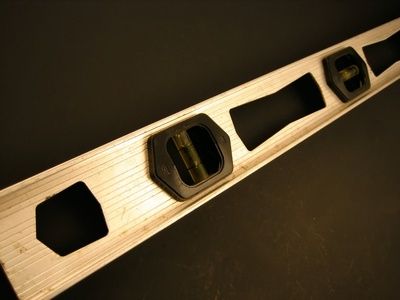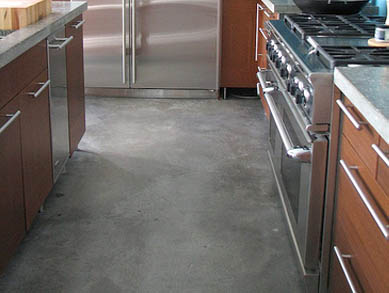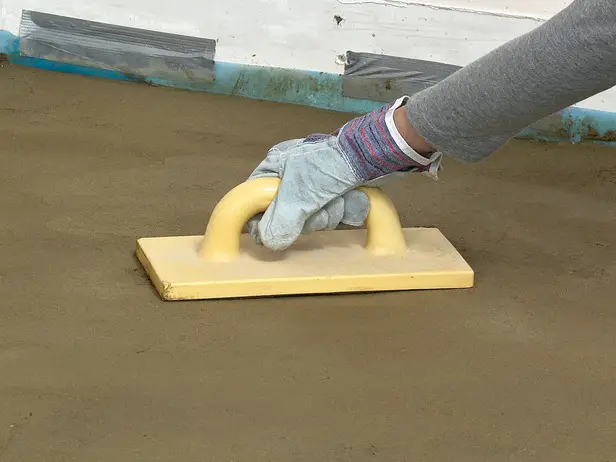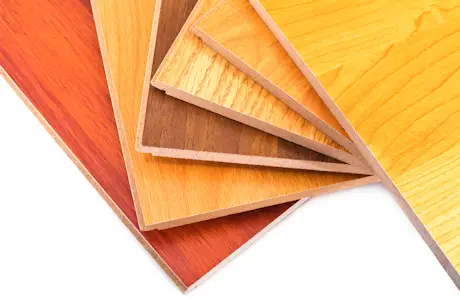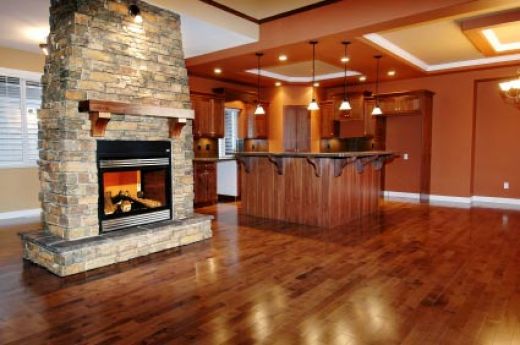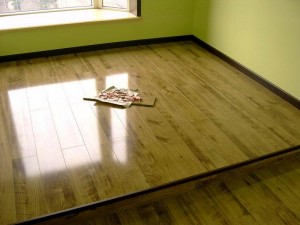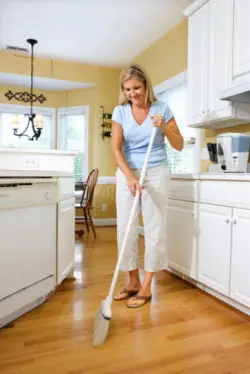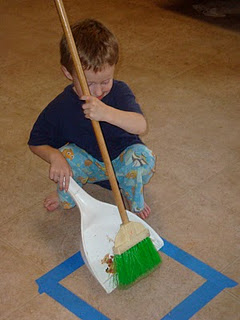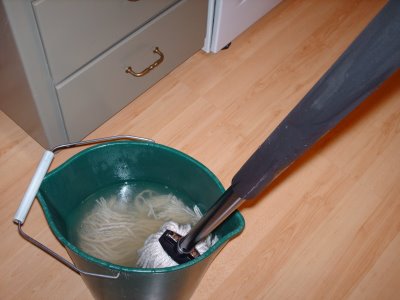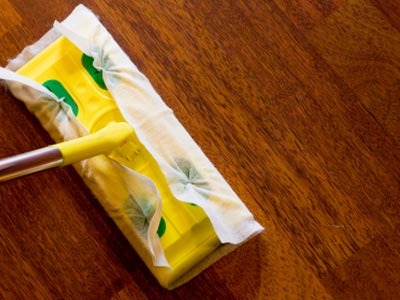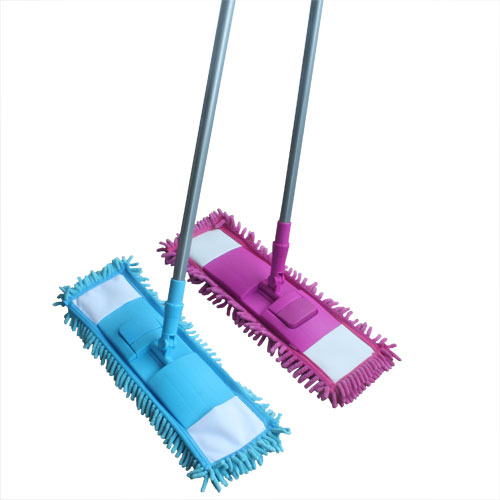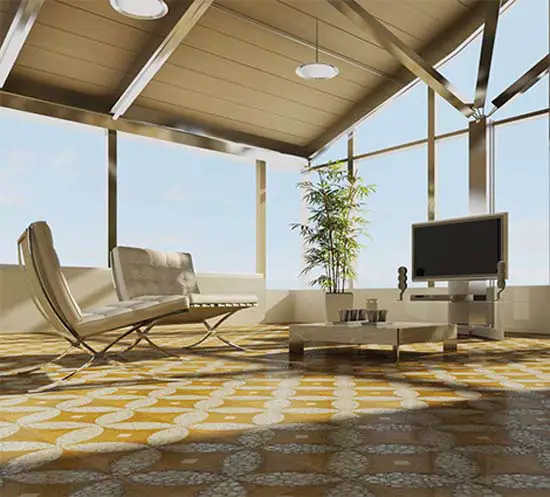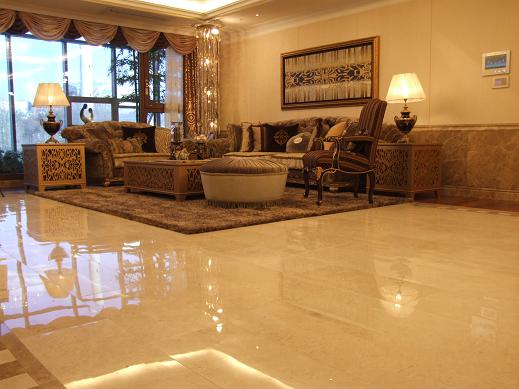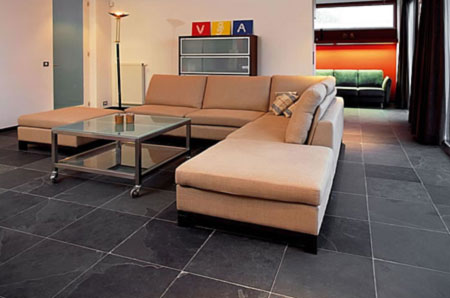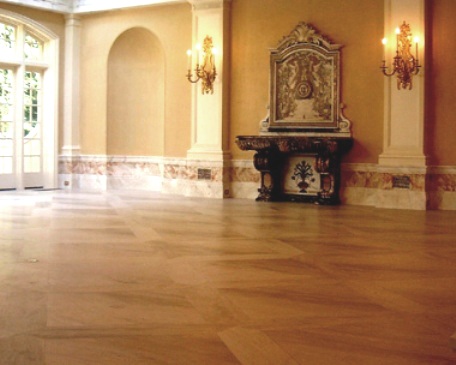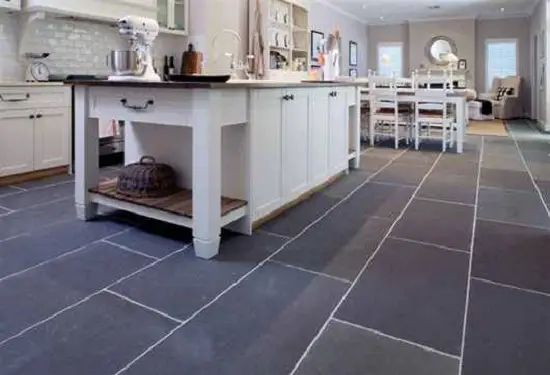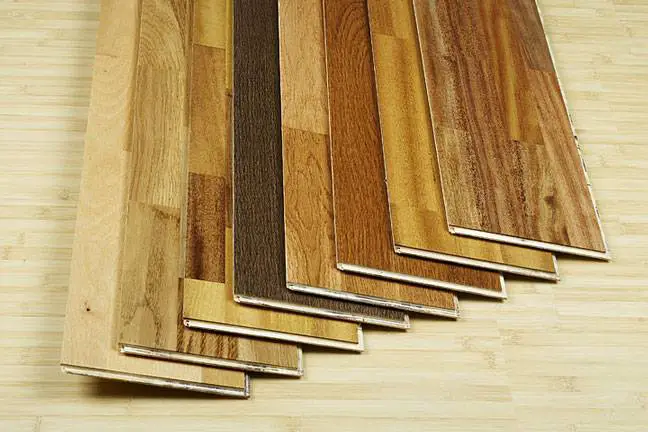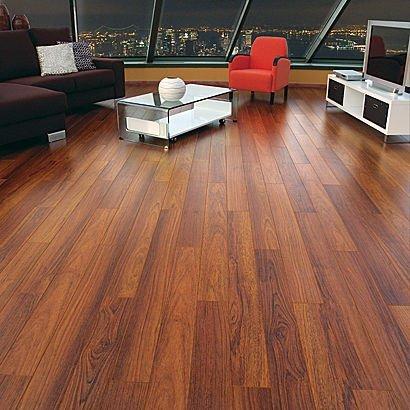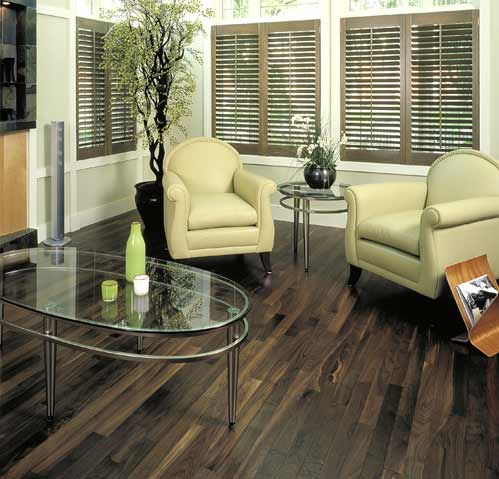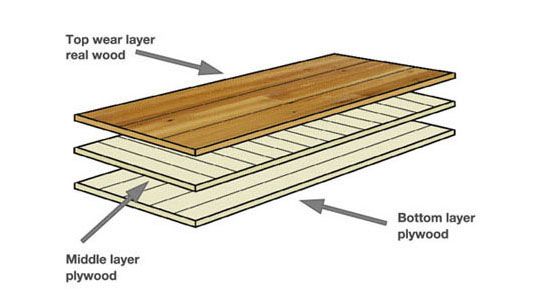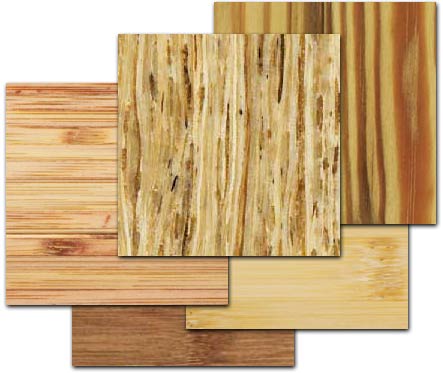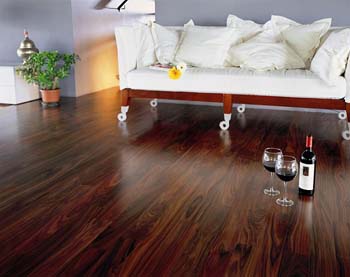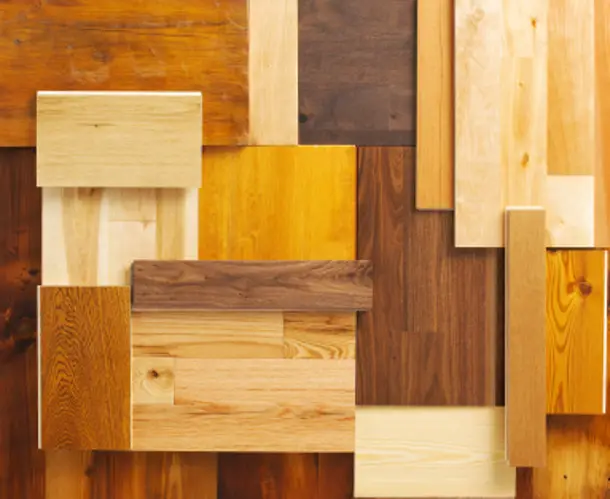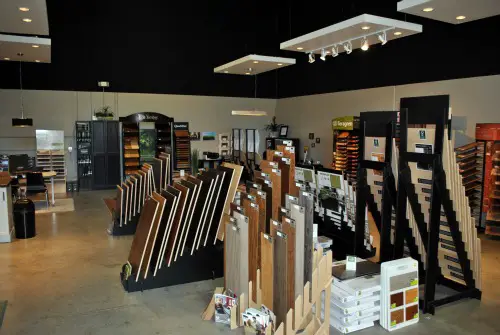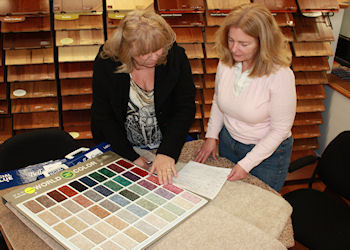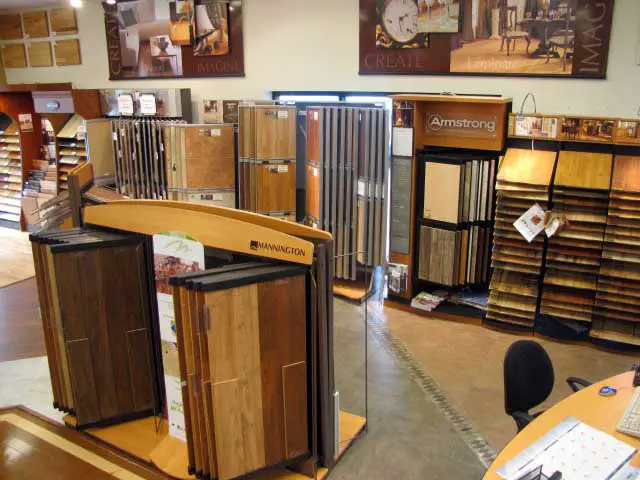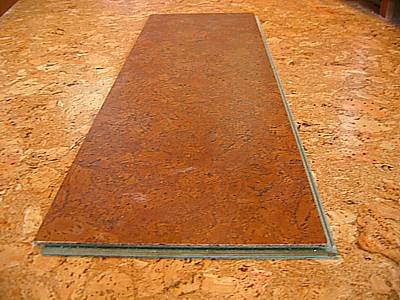Painting your floors is one of the cheapest, quickest and easiest way to update the look of any of the rooms in your home. Compared to walls and ceilings, we often notice the floors because while we rarely look at them, we often feel them.
One of the main advantages of painting floors is that they are applicable to any floor – whether its wood, stone or concrete. Once the paint cures and sets, it’ll also require less maintenance compared to other floor coverings like wood that will require yearly staining and tiles that needs regrouting. Finally, minor damages are repairable and it takes only a fraction of the costs of other flooring materials.
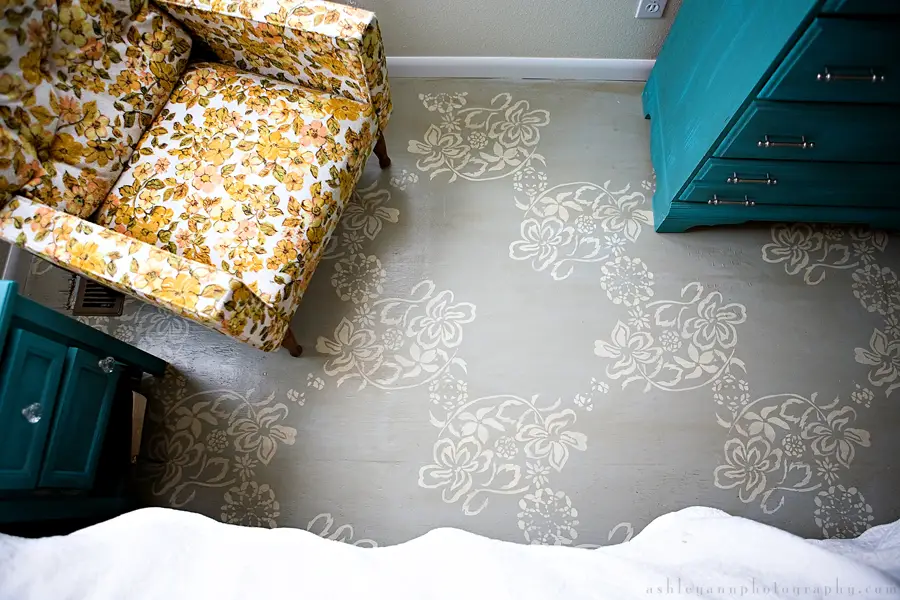
If you are convinced that you want to paint your floors and do-it-yourself while you’re at it, keep reading to know more.
Whether it’s wood or concrete, its best to know if your subfloor is suitable for painting. So, can your existing floors be painted?
In general, laminate, vinyl and linoleum may not be painted. Paint is commonly recommended for concrete and hardwood-based flooring.
Painting Wood Floors
Historically, wood floors are the first ones to be painted as far back in the 1700s mainly for aesthetic reasons. While the last few centuries have waned its popularity, painted wood floors are making a comeback because of certain innovations and of course, economics. There are different varieties and shades of paints available making it possible to create visually satisfying patterns and designs and its not that costly to be creative.
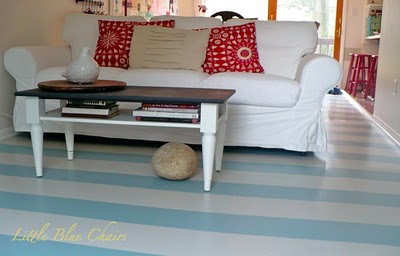
When it comes to wood floors, try to find out about the type of hardwood flooring you have, the paint recommended for it and the type of finish it has. Be sure to re-sand the surface to remove the old stain and finish before applying the paint. Ensure that sufficient sanding is done – meaning all of the existing finish and stain is removed and you are left with nothing but bare wood flooring. A word of caution when sanding though, try not to put too much weight on the machine and do not focus on a specific area for too long as it may cause an uneven surface afterwards. Test the paint on a small location first to check if its compatible with your wood flooring.
 thekidsroomdecor.com
thekidsroomdecor.com
This is very important. If you have painted floors that ages back to 1970 or earlier, its best to have professionals handle paint removal or, if possible, have the old painted flooring replaced because paint before 1970 has lead which is highly toxic. Exposure to lead can cause serious illnesses.
Painting Concrete Floors
Compared to wood floors, there are some tests you need to do if you have concrete floors. First of these if the moisture test that determines if paint can tolerate moisture on the concrete’s surface. To test if there is excessive moisture, cut a piece of plastic crap, about 2×2 inches and place it on the concrete to be pasted securing and sealing all the edges with a duct tape. Leave it for 24 hours if you find that there is water inside or that the plastic wrap is damp, the floor cannot be painted. Consult local contractors to help you fix the problem.
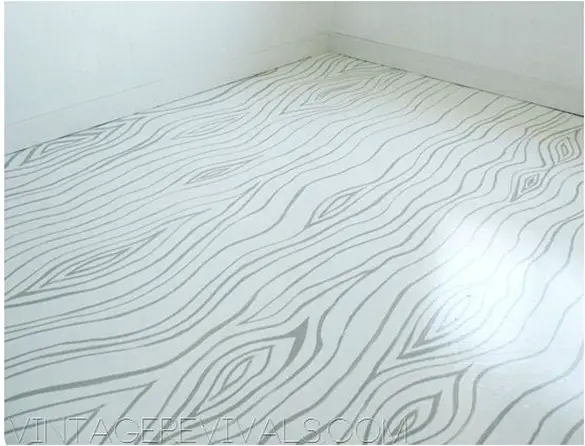
The second test is the porosity test. This is to identify if the concrete has a coating finish that needs to be removed. to do this test simply sprinkle water on the concrete floors surface. If the water droplets get soaked up by the concrete then we are all ready to start painting. If it remains on the surface then we need to have that coating removed.
Clean and clear
Whether you are working with concrete or wood flooring remember to clean it up pristinely after the finishes have been removed. There should be no dust, debris and residue left in order to achieve a smooth and welcoming finish.
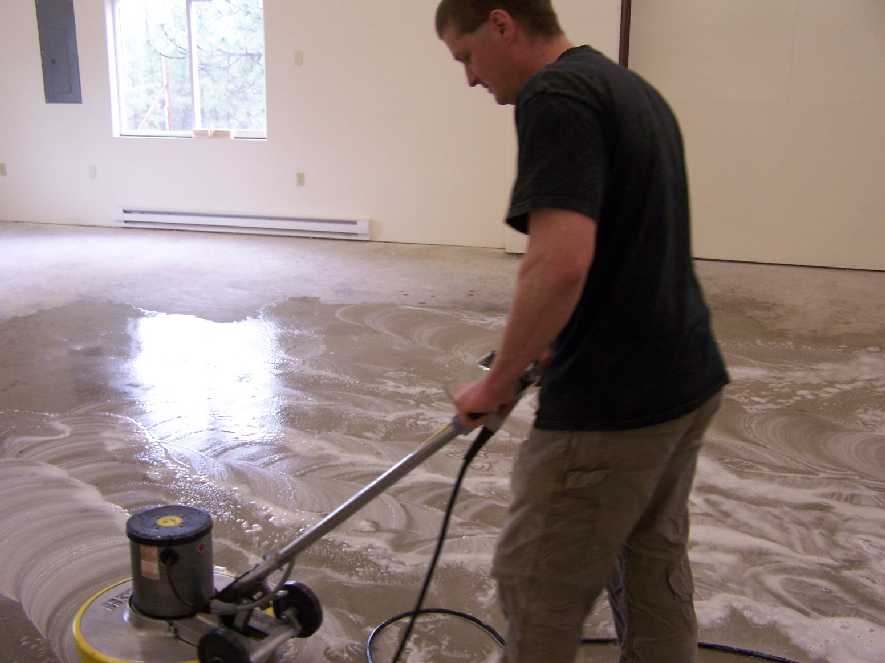 glenconey.com
glenconey.com
After sanding be sure to sweep or vacuum the surface and wash it with detergent or soap and allow to dry for 24 hours at least. If washing is not possible then thoroughly mop and re-mop until the surface is squeaky clean before applying paint.
Tune in to our next post for more tips and ideas.


